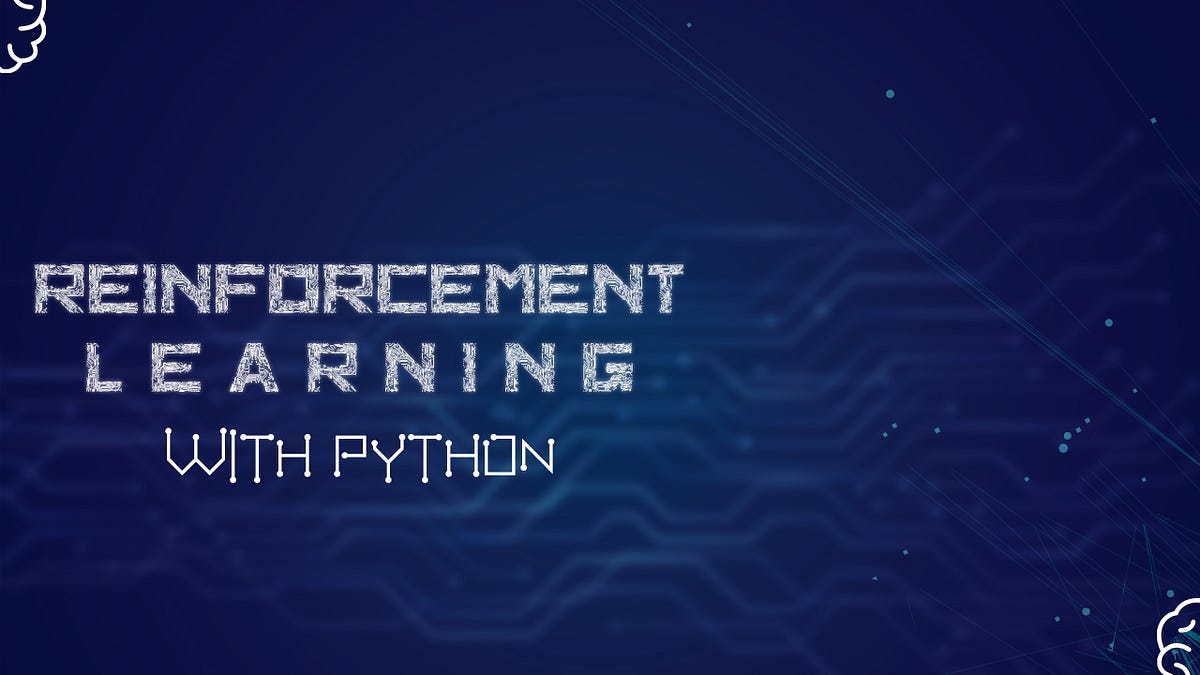In The Previous Parts:
- First part explained and created the game environment.
Reinforcement Learning With Python | Part 1 | Creating The Environment
Designing and Building a Game Environment that allows RL agents to train on it and play it.
- Second part discussed the process of training the DQN, explained DQNs and gave reasons to choose DQN over Q-Learning.
Deep Reinforcement Learning With Python | Part 2 | Creating & Training The RL Agent Using Deep Q…
In This Part:
We are going to:
- Use Tensorboard to visualize the goodness of trained models.
- Explain the way of loading and trying a trained model.
- Use the best model and let it play the game.
Using Tensorboard:
1- Use a modified Tensorboard to make Tensorboard logs the data from all episodes in the training process in one log file instead of making a new log file every time we fit the model.
The next code of the ModifiedTensorBoard is from this blog by sentdex, I just changed it a little bit to make it run on TensorFlow2.0:
class ModifiedTensorBoard(TensorBoard):
# Overriding init to set initial step and writer (we want one log file for all .fit() calls)
def __init__(self, name, **kwargs):
super().__init__(**kwargs)
self.step = 1
self.writer = tf.summary.create_file_writer(self.log_dir)
self._log_write_dir = os.path.join(self.log_dir, name)
# Overriding this method to stop creating default log writer
def set_model(self, model):
pass
# Overrided, saves logs with our step number
# (otherwise every .fit() will start writing from 0th step)
def on_epoch_end(self, epoch, logs=None):
self.update_stats(**logs)
# Overrided
# We train for one batch only, no need to save anything at epoch end
def on_batch_end(self, batch, logs=None):
pass
# Overrided, so won't close writer
def on_train_end(self, _):
pass
def on_train_batch_end(self, batch, logs=None):
pass
# Custom method for saving own metrics
# Creates writer, writes custom metrics and closes writer
def update_stats(self, **stats):
self._write_logs(stats, self.step)
def _write_logs(self, logs, index):
with self.writer.as_default():
for name, value in logs.items():
tf.summary.scalar(name, value, step=index)
self.step += 1
self.writer.flush()
view raw
ModifiedTensorBoard.py hosted with ❤ by GitHub
#programming #machine-learning #artificial-intelligence #data-science #reinforcement-learning #deep learning

7.40 GEEK